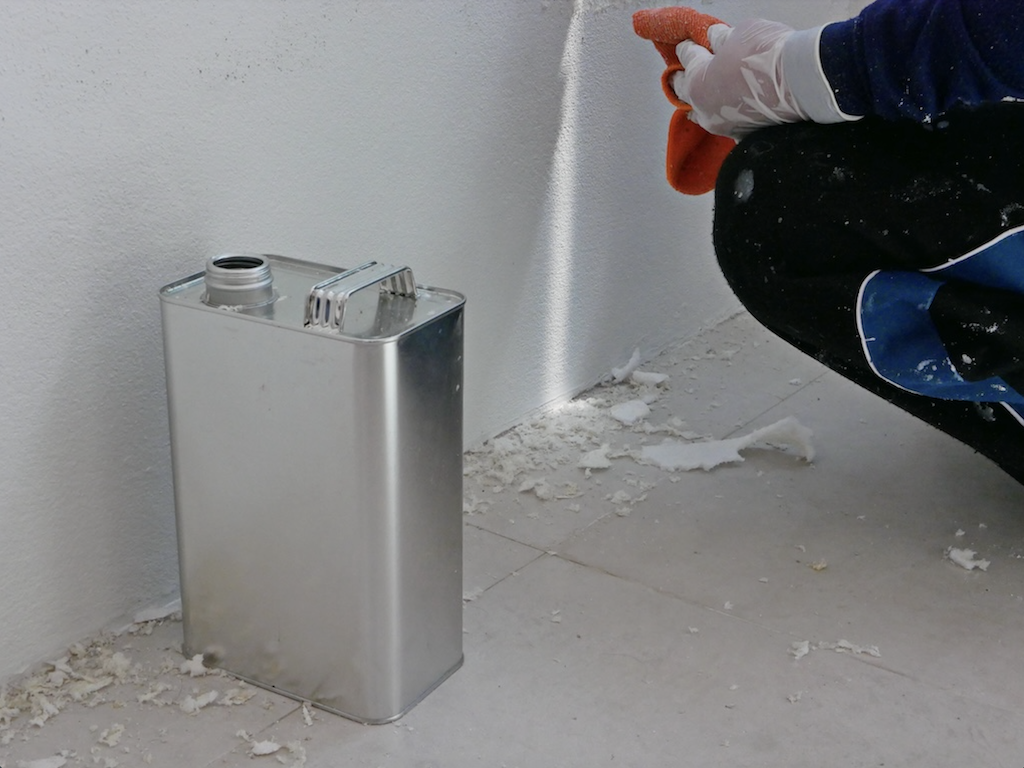Disposing of old paint and thinners can be a challenging task. These materials can be harmful to the environment and human health if not disposed of properly. Properly disposing of hazardous waste not only protects the environment from contamination but also safeguards public health from the dangers of toxic exposure. This blog will guide you through the responsible and eco-friendly ways to dispose of old paint and thinners, ensuring you adhere to environmental regulations and practices.
Understanding the Types of Paint
Latex Paint
Latex paint, also known as water-based paint, is less harmful to the environment compared to oil-based paints. However, it still requires proper disposal to help mitigate the risk of environmental damage.
Oil-Based Paint and Thinners
Considered hazardous waste, oil-based paints and thinners contain chemicals harmful to the environment and human health without correct disposal. You must dispose of these materials properly to avoid potential health risks.
Safe Disposal of Latex Paint
Drying Out the Paint
You should dry out latex paint before disposal. Small amounts can air dry in a well-ventilated area. For larger quantities, use a paint hardener or mix in materials like kitty litter or sawdust to absorb the liquid and speed up the drying process, ensuring safe disposal without environmental leakage.
Checking Local Regulations
After drying the paint, consult your local waste disposal regulations. Many areas allow for the disposal of dried-out latex paint with regular household trash, but you should confirm this with your local waste management authorities to ensure compliance with environmental guidelines. Doing so not only aligns with legal requirements but also supports the principles of environmental stewardship by properly managing potentially harmful materials.
Disposing of Oil-Based Paint and Thinners
Hazardous Waste Collection
Take oil-based paint and thinners to a hazardous waste collection site. Many communities offer special facilities or events for collecting hazardous waste. Recycling old paint not only reduces waste in landfills but also provides valuable resources for community projects and artistic endeavors. Consult your local environmental, health, or solid waste agency for details on where and how to safely dispose of these materials.
Donating Unused Paint
If the oil-based paint is still usable, consider donating it. Local theater groups, schools, or community centers might welcome paint donations for their projects. Donating paint is a great way to reduce waste and support community initiatives.
Reducing Waste
Buy Only What You Need
To minimize waste, purchase only the amount of paint you need for a project. Many paint stores can assist in estimating the required amount of paint to avoid leftovers. Purchasing only the necessary paint for a project not only prevents excess waste but also saves money and resources, contributing to more sustainable consumption practices.
Storing for Future Use
Store leftover paint in good condition for future touch-ups or small projects. Ensure the lid is tightly sealed and keep the paint in a cool, dry place to extend its lifespan and usability. Regularly checking the stored paint for any signs of spoilage or container damage can also prevent waste and ensure the paint remains ready for use.
Precautions for Disposal
Never Pour Down Drains or on the Ground
Avoid pouring paint or thinners down the drain, on the ground, or into waterways, as this act contaminates water sources and harms the environment, leading to significant ecological damage. Such practices disrupt aquatic ecosystems and can have long-lasting effects on both wildlife and human water supplies. Ensuring proper disposal protects our natural resources and promotes a healthier planet for future generations.
Wear Protective Gear
Wear gloves and masks when handling old paint and thinners, especially during drying or transferring to another container, to avoid direct contact with harmful chemicals and ensure your safety. This proactive measure greatly reduces the risk of inhaling fumes or skin contact with potentially toxic substances. It’s an essential step in maintaining personal health and safety during the disposal process.
Final Thoughts
Proper disposal of old paint and thinners is vital for protecting the environment and public health. By following these guidelines and your local disposal regulations, you ensure the safe and responsible disposal of these materials. Reducing waste begins with mindful purchasing and efficient material use. For more information on eco-friendly practices and home improvement tips, visit our website at sisupainting.com and explore our blog at sisupainting.com/blog.





No comment